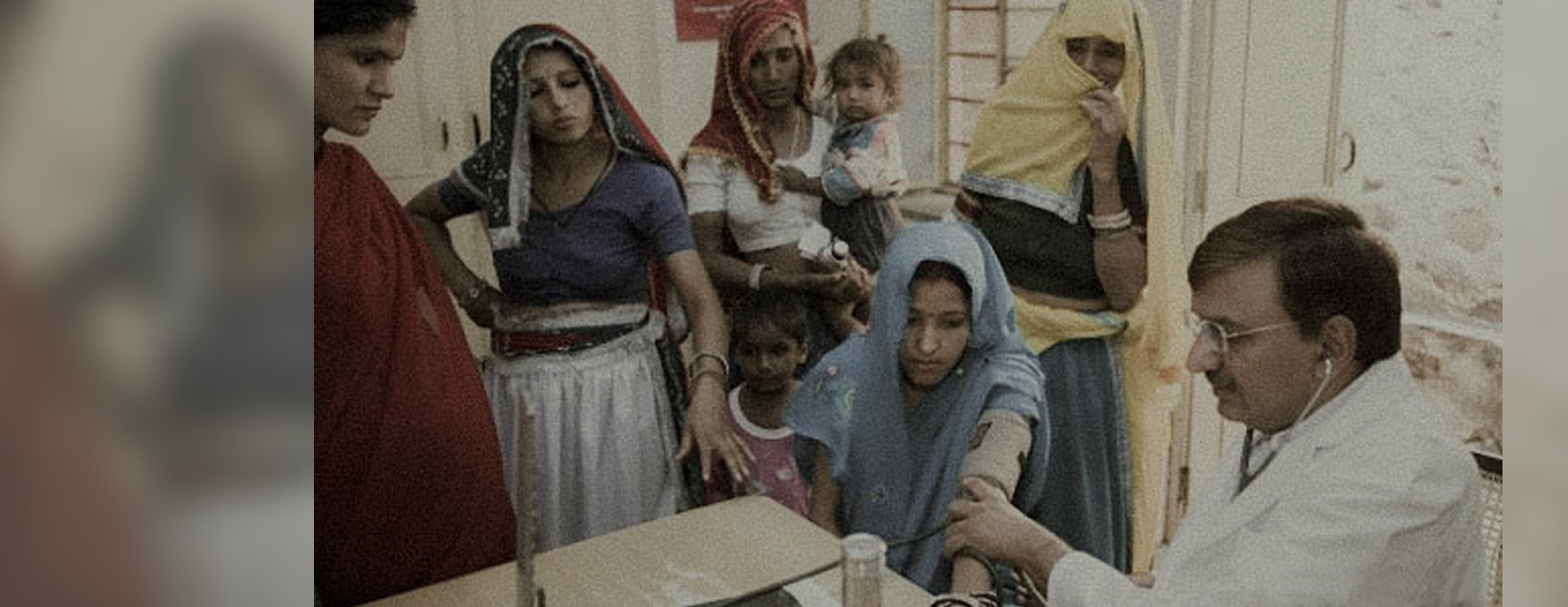Exploring Health and Government Spending in India

NEW BLOG SERIES BY ACCOUNTABILITY INITIATIVE
HEALTH
Using data, this series analyses some areas where India’s public health system remains weak. What emerges is a stark picture of how government funding is yet to keep pace with challenges to service delivery of government healthcare providers.
India’s Stunted Progress On Child Health looks at the status of child malnutrition. Even today, Anganwadi Centres do not cover all children who require nutrition services: only 1 in 2 children received any service according to official data. A quarter of Integrated Child Development Services (ICDS) beneficiaries are malnourished, a number that has increased from 15 per cent in 2015 to 25 per cent in 2017, as per analysis by the Accountability Initiative. This shows that even as ICDS coverage is expanding to include those who need it most, malnutrition remains a problem among those that avail ICDS services.
The next blog unpacks the changing nature of disease profile in adults. Approximately 4 in 10 people in the country are outside the ‘normal’ range: 2 out of 10 are thin, and 2 out of 10 are overweight. A shift in the disease burden to non-communicable diseases comes against the backdrop of more people accessing private healthcare options due to an already weak public health system. These options are far costlier than government healthcare, and a large number of people have to shell out huge amounts of money, which pushes people further into poverty.
The final blog understands the current priorities of government spending and how it is disconnected from the realities of health and poverty. Given the increase in non-communicable diseases, specialists (surgeons, physicians, gynaecologists, and obstetricians) will be required with even greater urgency. As many as 6 out of 10 deaths in India are now a consequence of non-communicable diseases. The average hospitalisation cost in a private hospital is almost 4 times that of a public hospital in rural areas, and a little more than 4 times for urban areas. Meanwhile, funding for the National Health Mission (NHM), the Government of India’s largest health programme, has remained largely immobile from 2013-14 to 2016-17.


